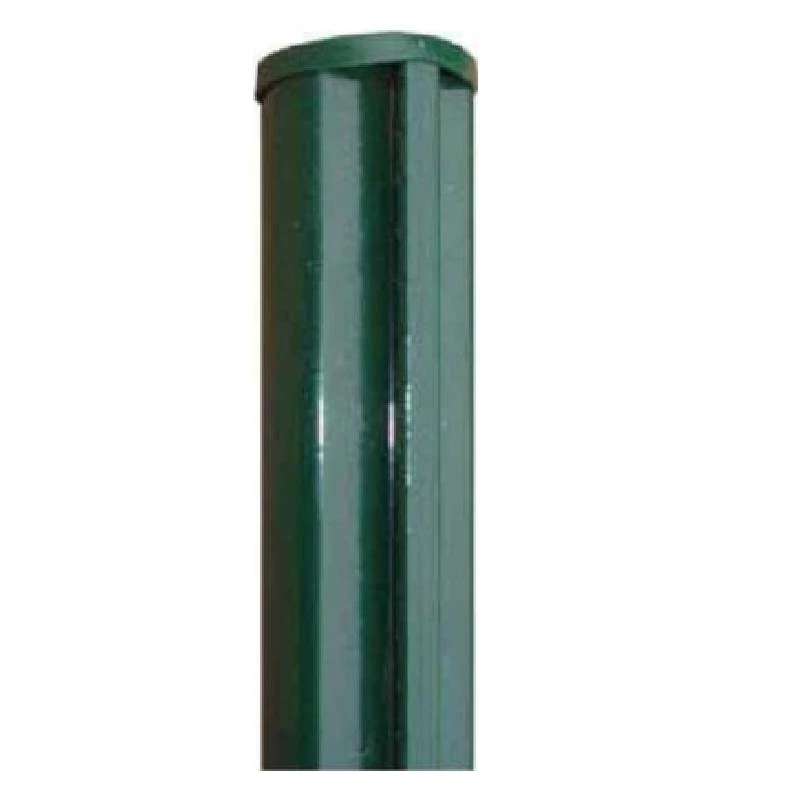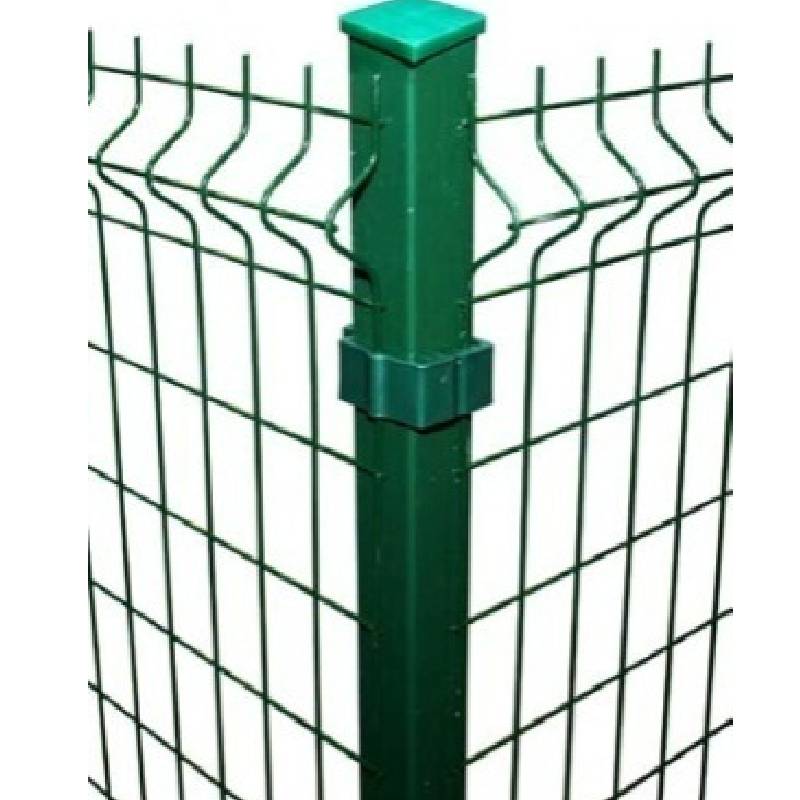-
leka uila:zhao@hyliec.cn
-
Tel:+86 311 85273988
-
WhatsAPP:8613931128750
-
 ʻApelika
ʻApelika -
 Alapania
Alapania -
 Amahapika
Amahapika -
 Apapika
Apapika -
 Ameniana
Ameniana -
 Azerbaijani
Azerbaijani -
 Pōkē
Pōkē -
 ʻŌlelo Belarusa
ʻŌlelo Belarusa -
 Penekali
Penekali -
 Ponia
Ponia -
 Pukalia
Pukalia -
 ʻŌlelo Katalonia
ʻŌlelo Katalonia -
 Cebuano
Cebuano -
 ʻŌlelo Kokia
ʻŌlelo Kokia -
 Koalia
Koalia -
 Keka
Keka -
 Kenemaka
Kenemaka -
 Hōlani
Hōlani -
 Pelekania
Pelekania -
 ʻŌlelo Esperanto
ʻŌlelo Esperanto -
 Ekekonia
Ekekonia -
 Pinilana
Pinilana -
 Palani
Palani -
 Frisian
Frisian -
 Kalikia
Kalikia -
 Keokia
Keokia -
 Alemania
Alemania -
 Helene
Helene -
 Kuhalaki
Kuhalaki -
 ʻŌlelo Haiki
ʻŌlelo Haiki -
 Hauka
Hauka -
 ʻŌlelo Hawaiʻi
ʻŌlelo Hawaiʻi -
 Hepela
Hepela -
 ʻAʻole
ʻAʻole -
 Miao
Miao -
 Hunakalia
Hunakalia -
 ʻĀinahau
ʻĀinahau -
 igbo
igbo -
 ʻInikonia
ʻInikonia -
 Ipelana
Ipelana -
 Ikalia
Ikalia -
 Kepanī
Kepanī -
 Kawanī
Kawanī -
 Kanākā
Kanākā -
 ʻŌlelo Kazaka
ʻŌlelo Kazaka -
 Khmer
Khmer -
 Rwandan
Rwandan -
 Kolea
Kolea -
 ʻŌlelo Kurdish
ʻŌlelo Kurdish -
 ʻŌlelo Kyrgyz
ʻŌlelo Kyrgyz -
 TB
TB -
 ʻŌlelo Lākni
ʻŌlelo Lākni -
 Lakiwiana
Lakiwiana -
 ʻŌlelo Lituania
ʻŌlelo Lituania -
 ʻŌlelo Lukemapuka
ʻŌlelo Lukemapuka -
 Makekoni
Makekoni -
 Malgashi
Malgashi -
 Mālei
Mālei -
 Mālealama
Mālealama -
 Malkī
Malkī -
 ʻŌlelo Māori
ʻŌlelo Māori -
 Malapi
Malapi -
 ʻŌlelo Monokolia
ʻŌlelo Monokolia -
 Maianamara
Maianamara -
 Nepali
Nepali -
 Nolewai
Nolewai -
 Nolewai
Nolewai -
 ʻOkitana
ʻOkitana -
 ʻŌlelo Pashto
ʻŌlelo Pashto -
 Pelekia
Pelekia -
 Pōlani
Pōlani -
 Pukikī
Pukikī -
 ʻŌlelo Punajabi
ʻŌlelo Punajabi -
 Lomānia
Lomānia -
 Lukia
Lukia -
 Sāmoa
Sāmoa -
 Gaelika Sekotia
Gaelika Sekotia -
 ʻŌlelo Serbia
ʻŌlelo Serbia -
 Pelekania
Pelekania -
 Shona
Shona -
 Kiniki
Kiniki -
 Sinhala
Sinhala -
 Kolowakia
Kolowakia -
 Kolewenia
Kolewenia -
 ʻŌlelo Somalia
ʻŌlelo Somalia -
 Kepania
Kepania -
 ʻōlelo Sunda
ʻōlelo Sunda -
 Kawahili
Kawahili -
 Kuekene
Kuekene -
 Kakalo
Kakalo -
 Tajika
Tajika -
 Kamili
Kamili -
 Tatar
Tatar -
 Keluku
Keluku -
 Kailani
Kailani -
 Tureke
Tureke -
 ʻŌlelo Kuleke
ʻŌlelo Kuleke -
 Ukrainian
Ukrainian -
 Urdu
Urdu -
 Uighur
Uighur -
 ʻUzbek
ʻUzbek -
 Vietnamese
Vietnamese -
 Welsh
Welsh -
 Kokua
Kokua -
 Yiddish
Yiddish -
 Yoruba
Yoruba -
 Zulu
Zulu
Kia Pa
What Type Of Fence Post Is Best?
The best type of fence post depends on various factors such as the type of fence, local climate, soil conditions, and personal preferences. Common options for fence posts include:
1. Round steel posts: Round steel posts are a traditional and versatile choice, suitable for various fence types. They can be treated to resist rot and decay, but may require maintenance over time.
2. Square steel posts and rabbet posts offer durability and strength, making them suitable for supporting heavy or high-security fences. They are resistant to rot and insect damage.
3. Steel round posts/ square posts/ rabbet with base plate: They are suitable to install on the concrete ground, and fixed by concrete nails.
What Size Is A Fence Post?
Fence posts come in various sizes, typically having Φ32 Φ34 Φ38 Φ48 Φ60 Φ80 for round steel posts and 40x40 60x60 40x60 60x60 80x80 100x100 etc for square tube posts in dimension. The specific size of a fence post depends on the type of fence being installed, the height and weight of the fence panels, and the local building codes or regulations. It's important to select the appropriate size of fence post to ensure stability and structural integrity for the specific fencing project. Consulting with a professional or referring to local building codes can provide guidance on the recommended size of fence posts for a particular application.
Fence Post FAQ:
What type of fence post is best?
The best type of fence post depends on various factors such as the type of fence, local climate, soil conditions, and personal preferences. Common options for fence posts include round steel posts, square steel posts and rabbet steel posts, posts with base plate or without base plate. Each type has its own advantages and considerations, so it's important to choose the most suitable option based on the specific requirements of the fence project.
What size is a fence post?
Fence posts come in various sizes, typically typically having Φ32 Φ34 Φ38 Φ48 Φ60 Φ80 for round steel posts and 40x40 60x60 40x60 60x60 80x80 100x100 etc for square tube posts in dimension. The specific size of a fence post depends on the type of fence being installed, the height and weight of the fence panels, and local building codes or regulations. It's important to select the appropriate size of fence post to ensure stability and structural integrity for the specific fencing project.
How to install a panel fence?
Paneling a fence involves several steps, including measuring and planning, installing the posts, attaching the panels, adding finishing touches, and performing regular maintenance. It's important to follow the manufacturer's instructions and local building codes when paneling a fence to ensure proper installation and compliance with regulations. If in doubt, it's advisable to consult with a professional or seek guidance from experienced individuals.






